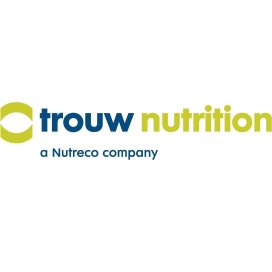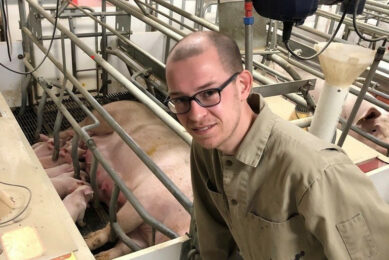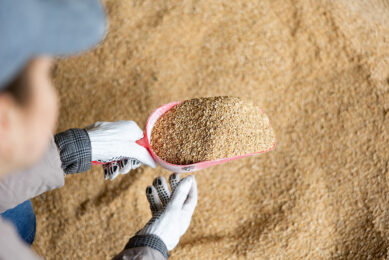Sustainable feed: A journey from mill to farm practice
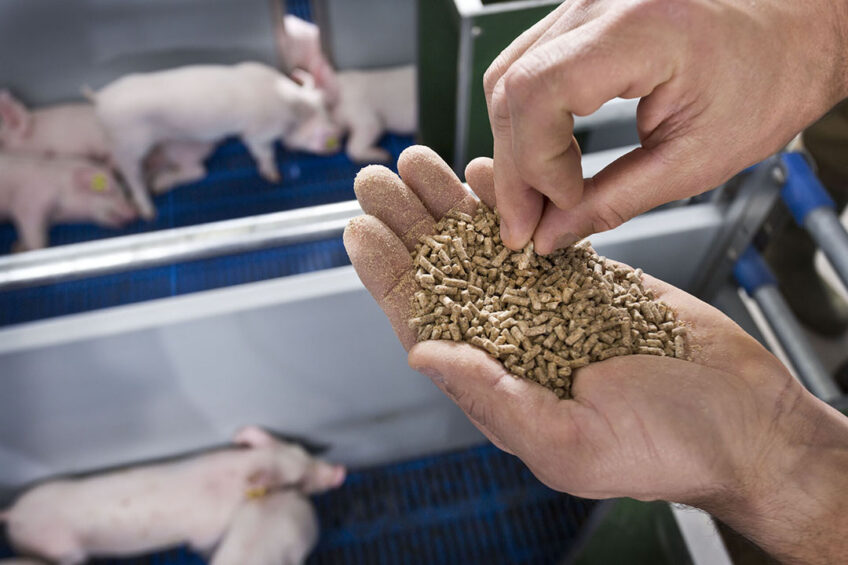
Producing a compound diet with lower environmental impact is a great start to more sustainable animal production. But a sustainable diet on paper should also work in practice. Here we explain why.
Considering that the animal diet contributes between 40-80% to the total emissions of animal-based food production, it is logical to expect that animal feed is an important and fundamental link to more sustainable livestock production. Every feed ingredient has its own environmental impact value, based on origin, land use, transportation, processing and more. Crops produced under regenerative farming practices or more locally, can have a lower impact than the same ingredient sourced from regions marked by deforesting practices or low output per hectare. Also, certain by-products or other circular feed ingredients can help reduce the environmental impact of the final feed.
Feeding more sustainable diets is the future and prompted by sustainability targets from retailers and/or governments around Europe. However, adding this extra metric in feed formulation also makes the work for animal nutritionists and feed advisers more complex. This is why Life Cycle Assessment (LCA) tools are increasingly used by formulators, supplying an overview of the environmental impact values for the different raw materials purchased. The effect on climate change (what we call the carbon impact, measured in kg CO2 equivalent) is often the first metric to look at when formulating more sustainable diets. But LCAs also indicate other environmental impact parameters that are linked with sustainability, such as freshwater eutrophication (measured in kg phosphate (PO4) equivalent), marine eutrophication (measured in nitrogen (N) equivalent), biodiversity loss, fossil fuel resource depletion (measured in MJ), and acidification (measured in mol H+ equivalent) amongst others.
Carefully change ingredients
While using alternative feed ingredients can indeed mitigate relevant carbon impacts and even reduce feed costs, we need to consider some potential, relevant risks when changing ingredients in the interest of solely reducing carbon impact. We must be careful that the newly formulated diet does not reduce nutrient digestibility or increase other environmental impact factors (as mentioned earlier) in practice. Take soy for example. Soy protein is a popular choice for animal diets because it is a very well balanced and easily digestible ingredient. However, mixing in South American soy can enhance the carbon footprint of the final feed. Substituting it with an alternative protein source may result in changes in manure and urine outputs and can lead to an increase in N and P excretion. This in turn can further promote water and marine eutrophication and may lead to penalties for farmers for not complying with the (local) environmental rules.
It is not only the source, but also the inclusion rate of the ingredients that needs to be considered when adding the sustainability factor into feed formulation. Soyhulls (a byproduct of soybean processing) are high in fiber, low in protein and highly degradable. They can be used as a more sustainable option for certain grains or forages in dairy cow diets. A simulation run by Trouw Nutrition, looking at different recipes (used by different customers in different regions) showed a strong correlation between soyhulls inclusion and CO2 emissions, with a high inclusion rate resulting in lower carbon impact, compared to lower inclusion rates. But while higher inclusion rates might be the way to go from a carbon impact perspective, the possible negative effects of (too) high inclusion rates on dry matter intake, nutrient digestibility, and milk production should be considered. The same accounts for reducing the total protein level in the diet, which may increase sustainability of the dairy ration, but not the carbon impact of the kilogram milk produced. This is because a lack of protein can lead to performance losses and reduced milk efficiency.
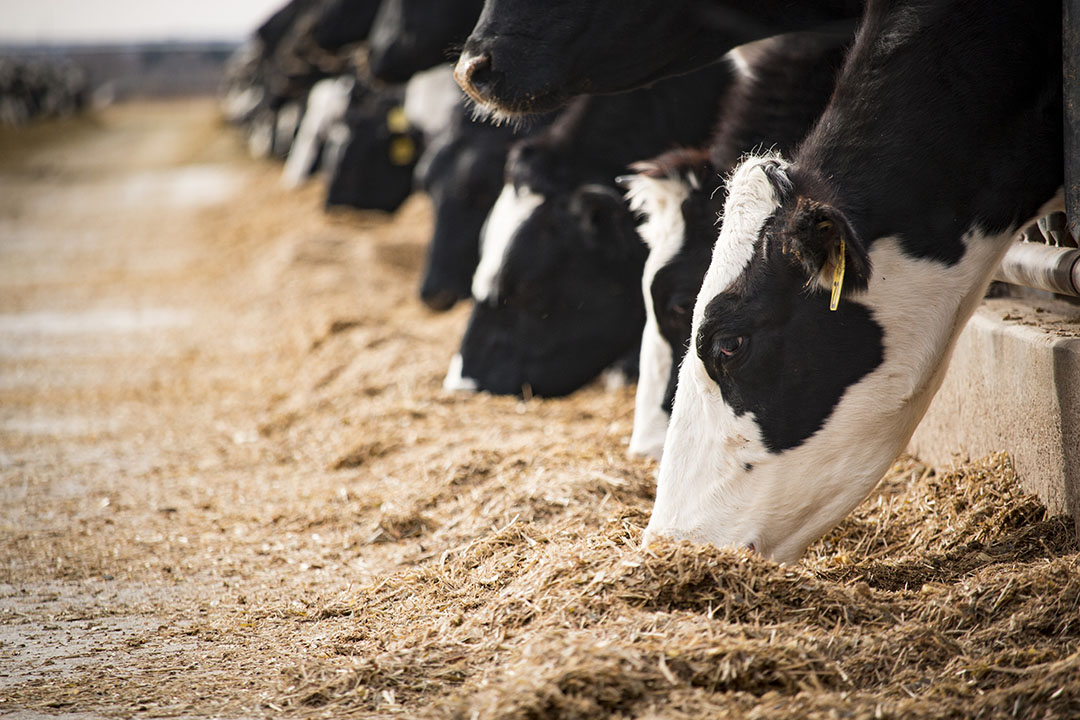
Getting the complete picture
An increasing number of feed mills are already using MyFeedPrint (Trouw Nutrition’s feed environmental footprint tool) to formulate diets with lower emissions. This is a huge step forward for the global feed and livestock industry. “The degree to which feed contributes – and direct effects – the environmental impact of the end products (meat, milk, and eggs), has also increased services that e.g., demonstrate the effects of other measures including feed additives or products that inhibit the formation of methane in the digestive system of dairy cattle or decrease ammonia emission in pigs. This should be taken into consideration for the complete picture. There are also indirect factors that contribute to the environmental impact of livestock production. Think of farm management, animal / feed efficiency and biology, manure management, and more. This requires optimisation on all levels. A great example to do this is using Watson, Trouw Nutrition’s advanced swine model.
The integrated sustainability features in the model enable nutritionists to predict the effects on sustainability (such as CO2 eq, N and P emissions and excretion), animal performance and costs, when for example more by-products are used, when part of the protein (such as soybean meal) is replaced by crystalline amino acids or when health status of the animals is improved. The model has shown that optimising nutrition can reduce carbon impact by 2-15%, optimising production practices can reduce this figure by 1-30% and increasing efficiency of the swine operation can reduce the carbon impact by 5-20%. Research in poultry has shown that reducing energy levels also makes the diet more sustainable if we make sure that the amino acid ratio is well balanced, low carbon ingredients are chosen and feed efficiency is not compromised. The latest innovation from Trouw nutrition is MyMilkPrint, a service that gives feed advisors an overall cradle-to-farm gate environmental footprint score on farmers’ milk production. This tool provides in-depth insights into several factors, such as on-farm energy utilisation, feed procurement, and transportation, along with enteric methane, manure methane, and nitrous oxide emissions.
Conclusion
Sustainable animal production is a mix of optimising nutrition, efficiency, and farm management. Animal nutritionists increasingly face the complex dilemma to formulate on costs, performance, health, and sustainability. This requires extra attention to the effect of using other (more sustainable) ingredients on digestion (including protein and fibre kinetics), feed efficiency, health and performance when fed to the animals. Trouw Nutrition has the models, tools, and nutritional expertise available to provide the complete picture, identify the carbon hotspots and optimise where needed. This is how we support farmers and nutritionists in reaching their sustainability goals and securing farm income.


